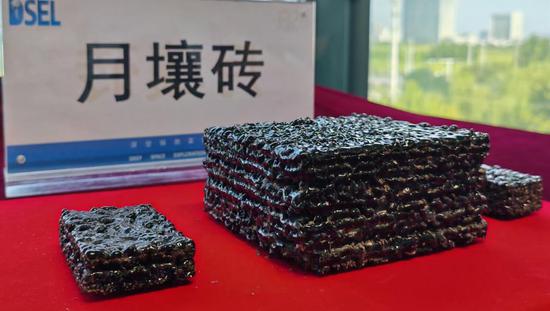
Lunar bricks made from simulated lunar soil are produced by a prototype 3D printing system developed by the Deep Space Exploration Laboratory in Hefei, Anhui province. (Photo by Jiang Ting/chinadaily.com.cn)
The Deep Space Exploration Laboratory in Hefei, the capital of Anhui province, has developed a lunar soil 3D printing system with the goal of making it possible to construct structures on the moon using local resources.
"Since it exclusively uses lunar soil, this technology eliminates the need to transport building materials from Earth, thus achieving true on-site resource utilization," said Yang Honglun, the system's technical head at the laboratory.
Shi Pingyan, the laboratory's chief engineer, said that this technology might be tested during the Chang'e 8 lunar exploration mission. It is expected to pave the way for the construction of the China-initiated International Lunar Research Station.
Yang explained how it works. "This system employs concentrated solar energy to melt lunar soil at high temperatures. The printing head, utilizing a flexible fiber optic bundle, can move freely to create standard bricks and custom-shaped structures directly on the moon's surface."
Yang said that the team faced significant challenges in adapting the technology to the moon's extreme conditions. After comparing technical approaches and conducting validation tests, they ultimately chose this approach, which could effectively solve the complex process of capturing and transmitting solar energy for lunar soil molding.
Yang said the prototype's lunar soil molding capabilities have significant implications for lunar infrastructure. It could facilitate the construction of roads, equipment platforms, and buildings, thereby supporting more extensive and sustainable lunar exploration and resource development.
The prototype also validated key technologies, such as lunar energy capture and material extraction, laying the groundwork for deep space resource utilization and energy systems, said Yang.













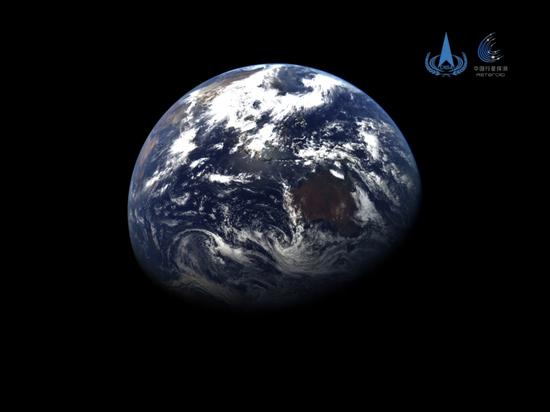



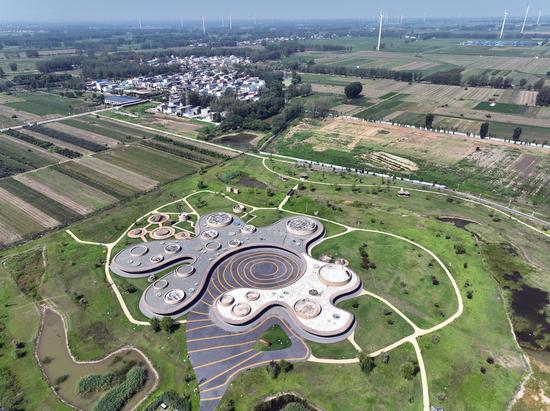



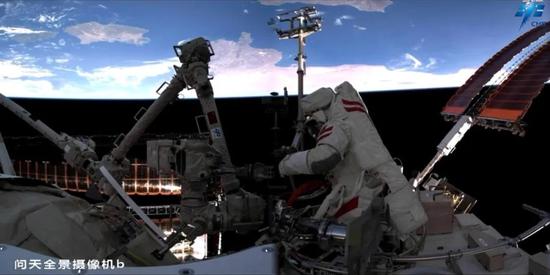














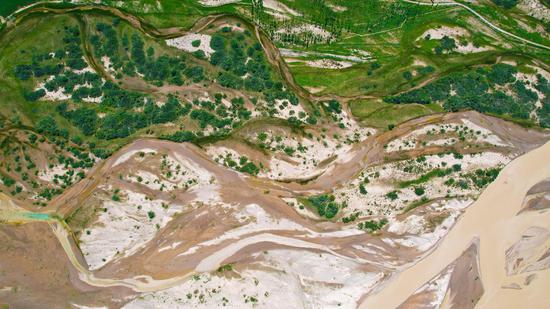



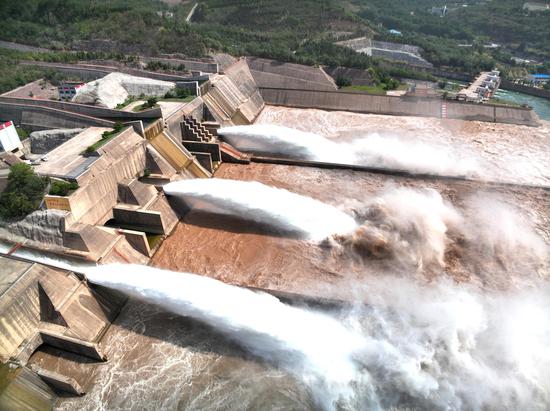
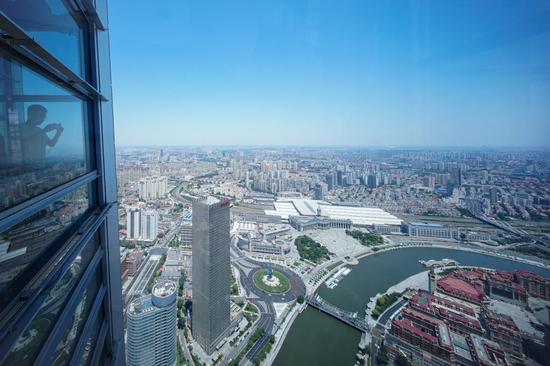
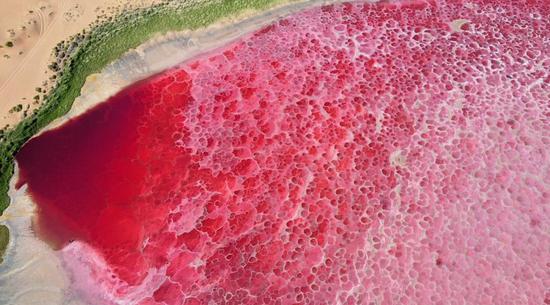







 京公網安備 11010202009201號
京公網安備 11010202009201號